 +
+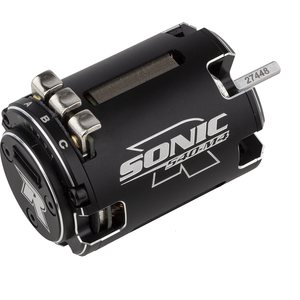
Racing RC-cars is a great hobby. Time spent on the track is fun and addicting. Racecars are usually built by you, the racer, and you get to choose the components you want. Below you'll find a guide for you who want to build a 1/10th scale off-road racecar (2WD or 4WD
First we should pick a class and a car. A 2WD car is a bit cheaper, more simple and easier to build. A 4WD fits the driver who wants high speeds and instant power. A 4WD doesn't require as smooth of a throttle finger, but making it to the top is equally difficult in both of the classes.
The 1/10th scale 2WD class is a very popular class where competition is tough and close. You should pick a race-proven vehicle if you wish to succeed. Team Associated has always been a dominating brand in the 2WD class and we recommend you get the B6.3 or B6.3D car. If you're mostly driving on indoor tracks or high grip we recommend the B6.2 car, but if you mostly drive on dusty outdoor dirt tracks B6.3D would be the way to go. The parts are interchangable so you can turn your B6.3 into a B6.3D and vice versa. If you don't want a buggy great options would be the bigger short course and stadium trucks that also make for awesome racecars.
In the 1/10th scale 4WD class the cars are really fast and responsive. 4WD cars have more parts in the drivetrain and more moving parts. Our best 4WD cars would either be the Team Associated B74.1/D or the HB D418, all of which are top of the line kits.
After this you need to pick out a suitable ESC and motor.
For the motor we have for example the high quality Team Orion and Reedy motors. Both of these brands have quality motors with multiple options when it comes to the turns. The amount of turns will tell you the power, and the smaller that number is, the more powerful the motor is. The T represents the turns. A suitable motor for the 2WDs would be something from 6.5T to 10.5T. If you're just getting into the hobby we recommend you get something within the 8.5T to 10.5T range. The more experienced drivers may even use a 6.5T on some high grip surfaces. The 4WDs typically run 5.5T-8.5T motors.

 +
+
 +
+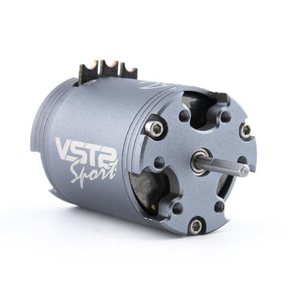
 +
+
When picking out an ESC our recommendations would be a Team Orion or Reedy ESC both of which have great throttle feel, durability and adjustability. A quality ESC makes driving easier and is a good investment in terms of the hobby. If you wish to start out on a tighter budget a cheaper Hobbywing is a good starting point too.
Nopeudensäädintä valittaessa suosittelemme joko Team Orion tai Reedy nopeudensäädintä joissa on hyvä kaasutuntuma, kestävyys ja ne ovat laajasti säädettävissä. Laadukas nopeudensäädin helpottaa ajamista ja on hyvä invenstointi harrastukseen. Jos haluaa aloitella halvemmalla budjetilla halvempi Hobbywing sopii hyvin aloittavalle harrastajalle.
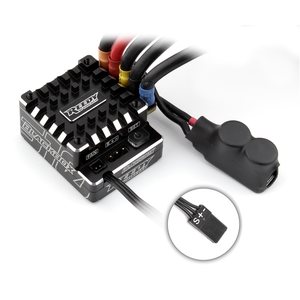

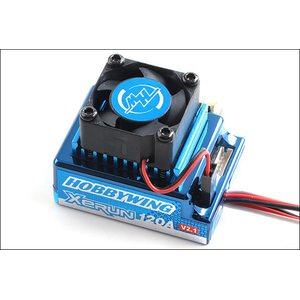
 +
+
Huomioi meidän moottori ja nopeudensäädin paketit:

Note that the ESC will need soldering and connectors for the battery, typically 4mm or 5mm bullet plugs:
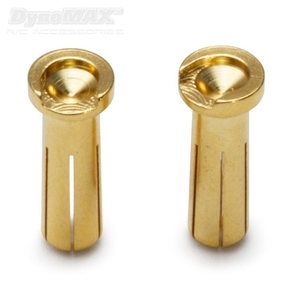
 +
+
 +
+
Next we're going to choose a servo and a radio system.
For a servo you should get a metal gear servo with enough speed and torque. We recommend you get a servo with at least 0,10s speed if you intend on racing actively or 0,15s if you don't want to pull the trigger on a more expensive servo yet. The servo should have at least 6kgs of torque, preferrable closer to 10kgs especially in the 4WD class. A low-profile servo will save some space and weight but a standard sized servo should fit just fine too.
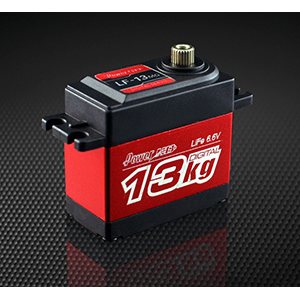
 +
+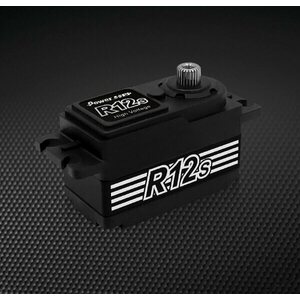
 +
+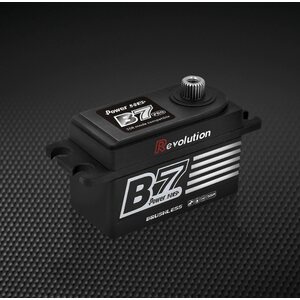
 +
+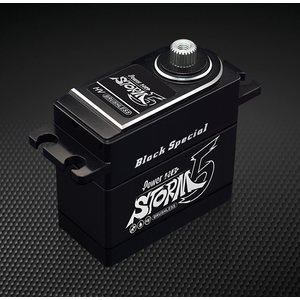
 +
+
You shouldn't cheap out on the radio. Usually racers use one radio for multiple cars for several years. At the end of the day it's the radio that you're going to hold in your hands when the car's on the track. You should definitely choose a quality radio from a reputable brand such as Sanwa and skip right through the cheaper options. Sanwa basically has 2 different lines of radios; the cheaper MX-V and MX-6 radios and the nthe purpose built racing oriented radios such as MT-S, MT-4, MT-44, M12S RS, M12S and M17 as well as all the special editions of those such as the piano black versions. The difference between the cheaper and the more expensive radios is surprisingly big which is why for racing we recommend you get at least an MT-S radio. If the budget is too tight for that, you can get started with the cheaper ones and upgrade later. The biggest difference is in how connected you feel to the car. A precise and fast radio system will make the car respond to every little input and feel more natural. Upgrading to a proper radio will leave anyone positively surprised by the difference.
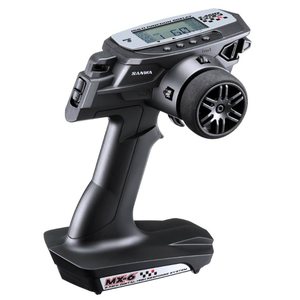
 +
+
For the battery off-road racecars use 2S shorty LiPo-batteries. You should have at the very least about 3000mAhs of capacity on a 2WD and we recommend over 4000mAh batteries at minimum for 4WDs. On high grip you're going to need around 4000mAhs for a 2WD as well. The C-rating should be at least 50. 2WD cars usually use so called low center of gravity batteries while 4WDs use taller batteries.

A battery will of course need a charger too. We have loads of different options so we recommend you choose one that fits your budget the best here:

Now that we've got the electronics down, it's time for the next products:
You're going to need wheels, tires and inserts for your car. The ones you need are determined by what kind of surface you run on but here's a few tips:
Astro turf (Hakkila), Carpet: Mini Dart in the rear, in the front 4wd Wide Stagger 2wd Cut-stagger
Hard floor, Tiles, Concrete: Mini Pins in all 4 corners
Outdoor dirt track: Hole-Shot in the rear, in the front 4wd Hole-shot, 2wd 4-rib
4WD: 4WD wheels and tires for astro turf
2WD: 2WD wheels and tires for astro turf
Almost finished! You're still going to need a few things to get you started on your build and racing. Here's a list of some good products:
Tool kits:

The most important tools are generally: 1,5mm hex, 2,0mm hex, 2,5mm hex, 5,5mm socket and 7,0mm socket
The oils are usually provided with the kit but you can never have too many oils and greases at the race track:



 +
+
 +
+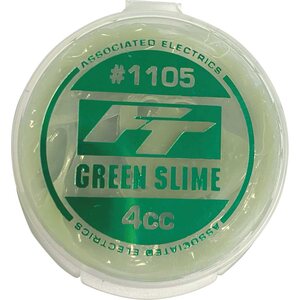
 +
+
 +
+

Here's a template for a full package we've put together: